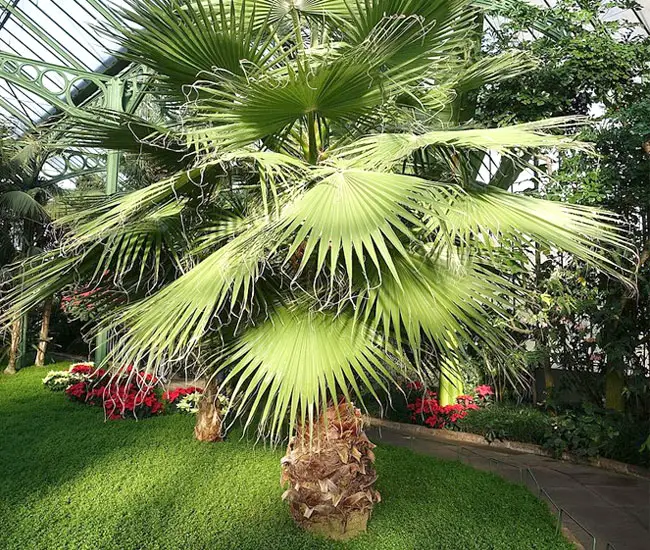
The California Fan Palm (Washingtonia filifera) is renowned for its striking appearance, featuring a tall and slender trunk that can reach 80 feet in height.
Its distinctive fan-shaped fronds can span up to 10 feet in diameter, providing both shade and beauty. Native to the southwestern United States, particularly the California deserts, it is well-adapted to arid climates and can withstand drought conditions.
It is a symbol of the American Southwest and is commonly found in desert landscapes, offering aesthetic appeal and serving as a valuable resource for wildlife and indigenous communities.
Quick Facts:
| Scientific name: | Washingtonia filifera |
| Common names: | California Fan Palm, Desert Fan Palm, American Cotton palm, Arizona Fan Palm, Petticoat Palm |
| Origin: | Native to North America. |
| Growth Rate: | Moderate. Up to 50 ft tall and 15 ft wide. |
| Cold Tolerance: | USDA Zones 8a (10 – 15 F) to 11 (above 40 F). |
| Light Req: | Full sun |
| Water Req: | Moderate. High drought tolerance |
| Soil Req: | Widely adaptable |
| Fruit: | Brownish black |
| Propagation: | Seed, germinating in 6 weeks – 2 months |
California Fan Palm Appearance
The California Fan Palm features a substantial gray trunk adorned with old leaf scars, and as the leaves naturally expire, they gracefully droop downwards to create a skirt-like appearance around the trunk.
The trunk, slightly swollen at its base, can reach a diameter of up to 3 feet at its widest point. It produces palmate or fan-shaped leaves that form a loose and open crown.
These leaves exhibit a gray-green hue and measure about 4-6 feet in width, with the frond tips arching downward. Mature palms have leaf stems with curved thorns, while the edges of the leaflets display fibrous white cotton-like threads.
California Fan Palm Flowers and Fruits
The California Fan Palm produces small and inconspicuous flowers that are densely clustered together. These flowers are generally cream-colored and not particularly showy.
They emerge from the palm’s crown of fronds, adding a subtle touch of beauty to the overall appearance of the tree.
Following pollination, the palm tree yields small, round fruits that start off green and gradually transition to a black hue as they ripen. These fruits are typically not consumed by humans due to their limited edibility. Instead, they serve as a valuable food source for various wildlife species in the region, including birds and rodents.
While the flowers may not be the palm’s most prominent feature, they play a crucial role in the tree’s reproductive cycle, ultimately leading to the production of these small, dark fruits.
How to Care For California Fan Palm
In its natural habitat, Washingtonia filifera can achieve heights of up to 70 feet, but when cultivated, it typically reaches a height of 40-50 feet and a width of 10-15 feet.
This palm is cold-hardy, enduring temperatures as low as 10 degrees Fahrenheit and recovering quickly from any damage incurred. It is well-suited for USDA Zones 8a (10 to 15 F) to 11 (above 40 F) and thrives in full sun but can also tolerate partial shade.
Additionally, it exhibits drought tolerance, although it flourishes in well-drained soil with some moisture content. This palm can also endure alkaline soil conditions. To prevent nutrient deficiencies, it is advisable to apply high-quality palm fertilizer with a continuous-release formula twice annually during the growing season.
In terms of maintenance, this palm is relatively easy to care for and is resistant to pests and diseases. While it rarely encounters issues, it may occasionally face challenges such as Phytophthora bud rot, pestalotiopsis, or diamond scale fungus.
California Fan Palm Pictures
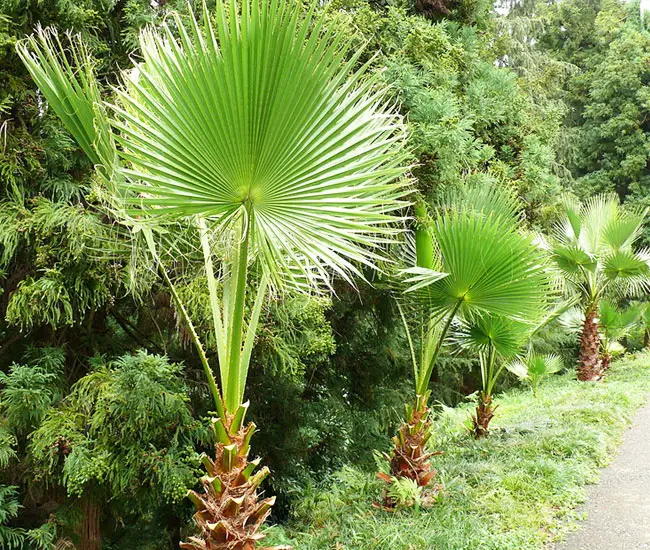
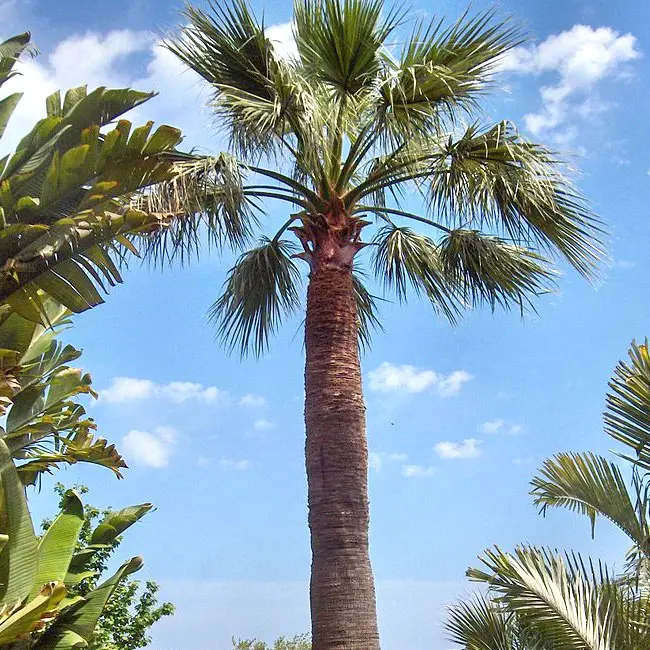
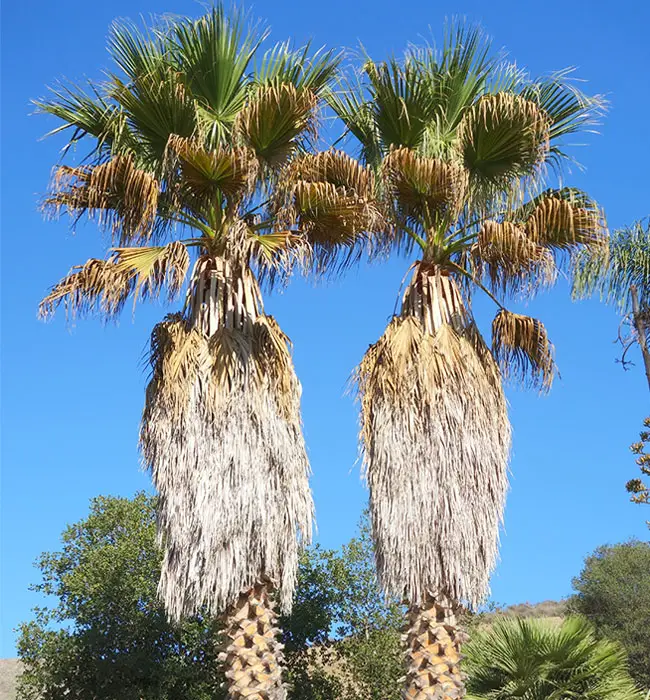
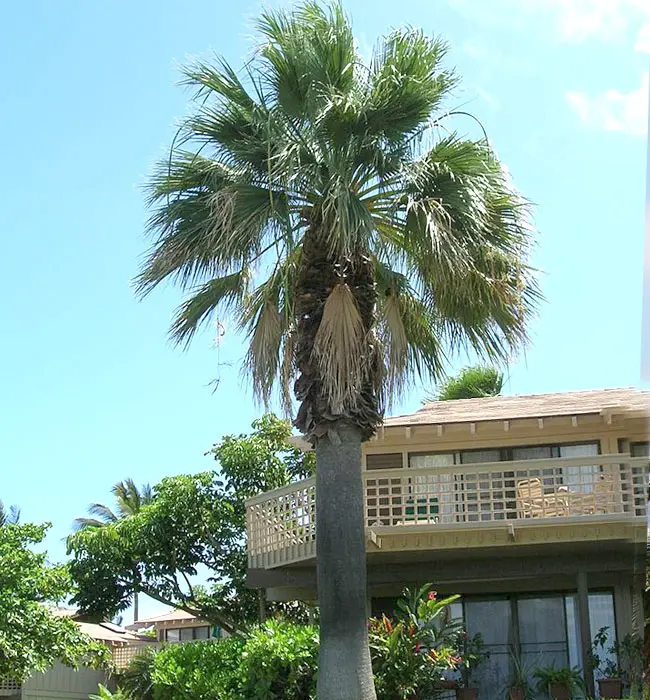
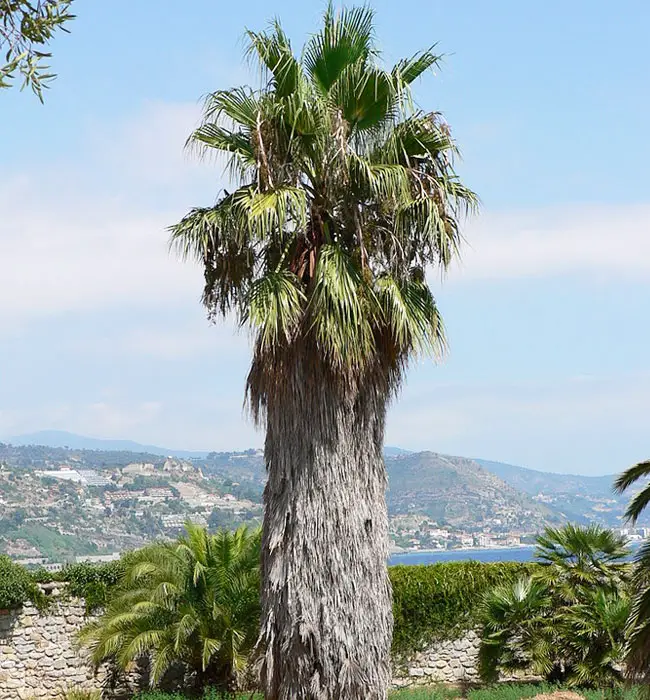
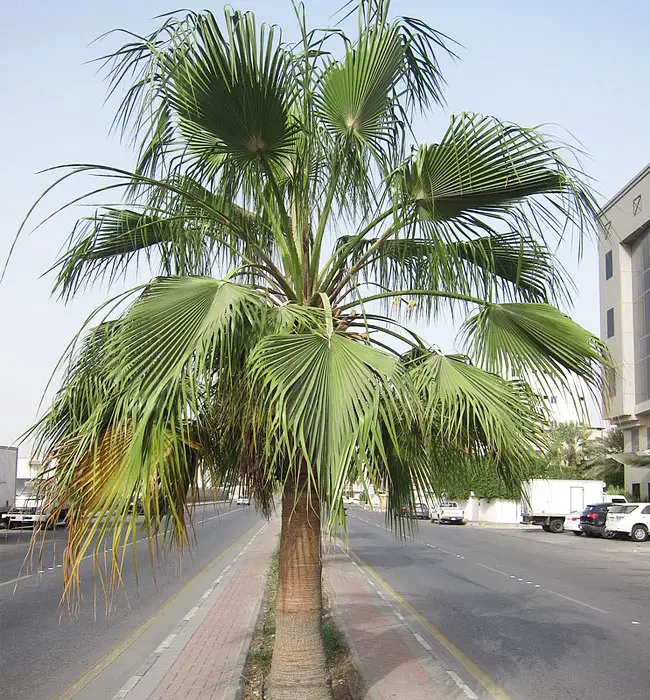
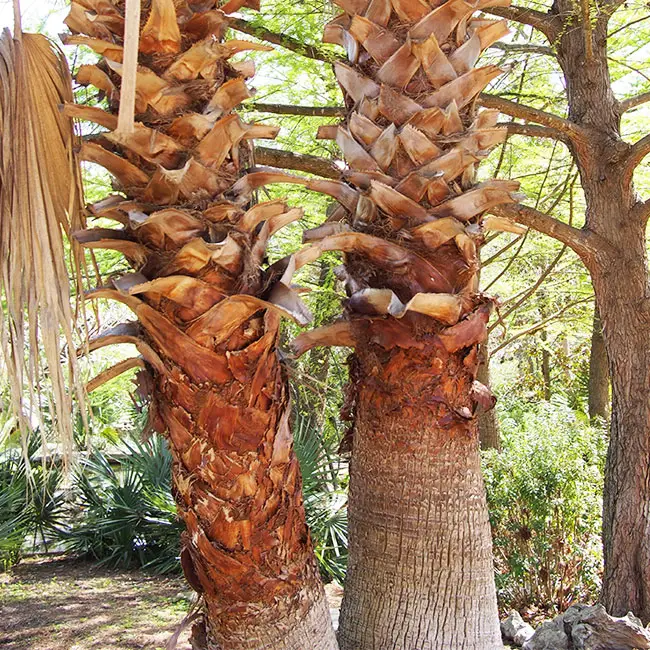
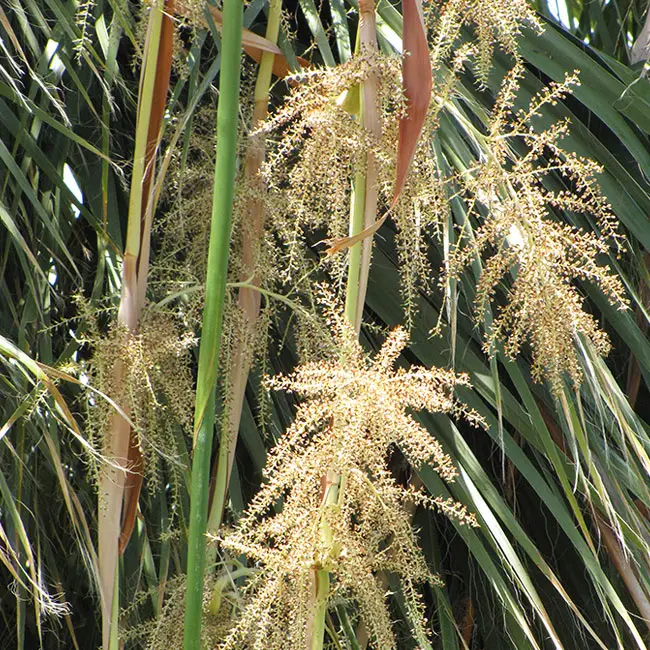
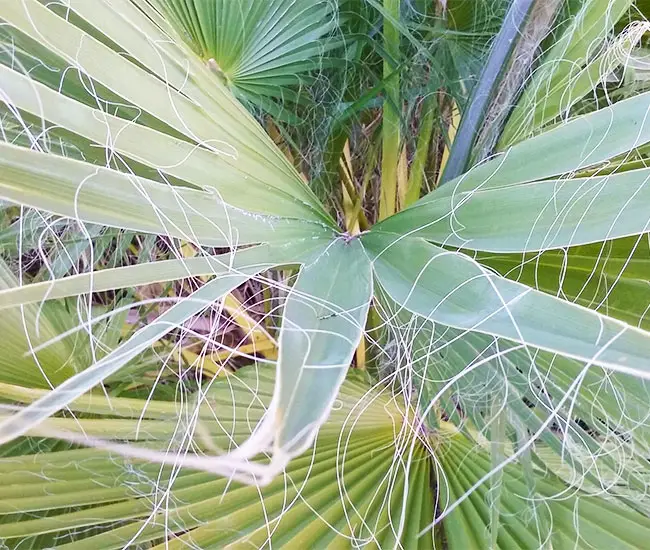
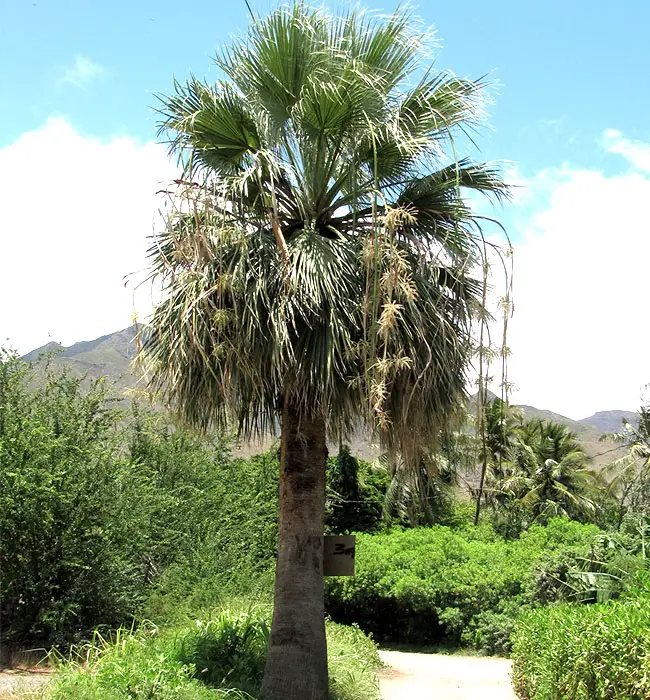
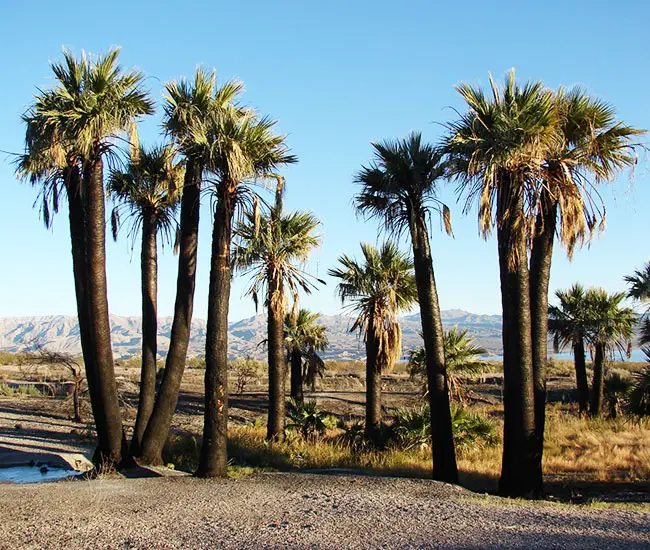
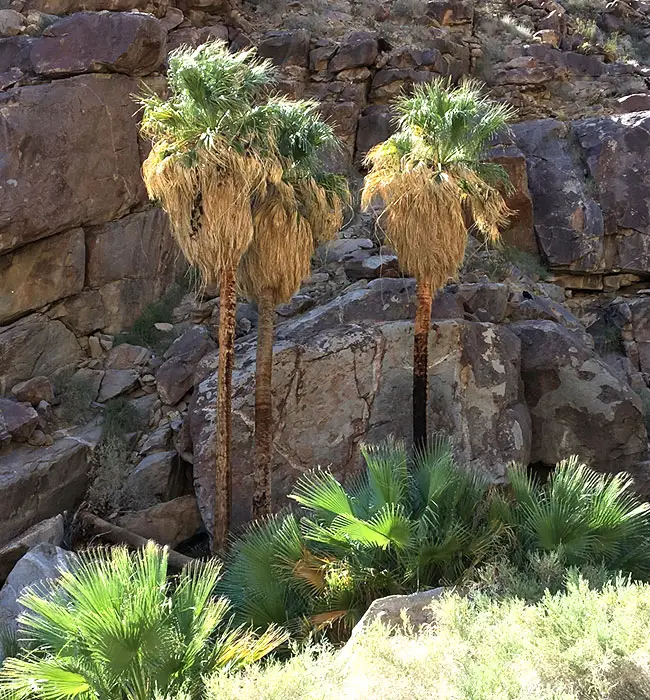
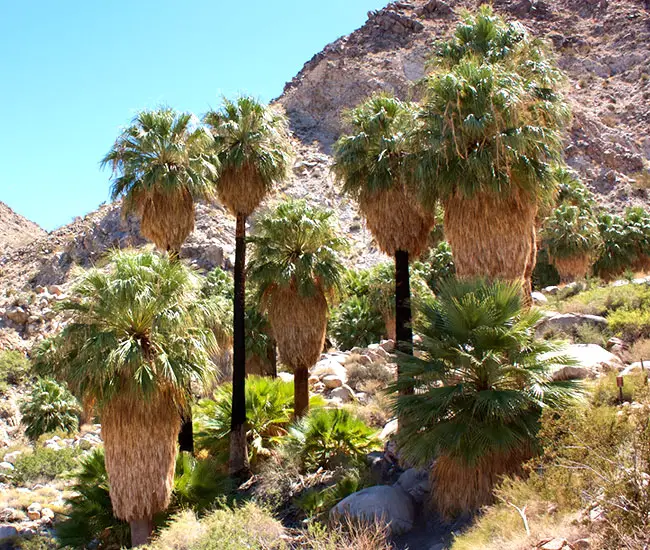
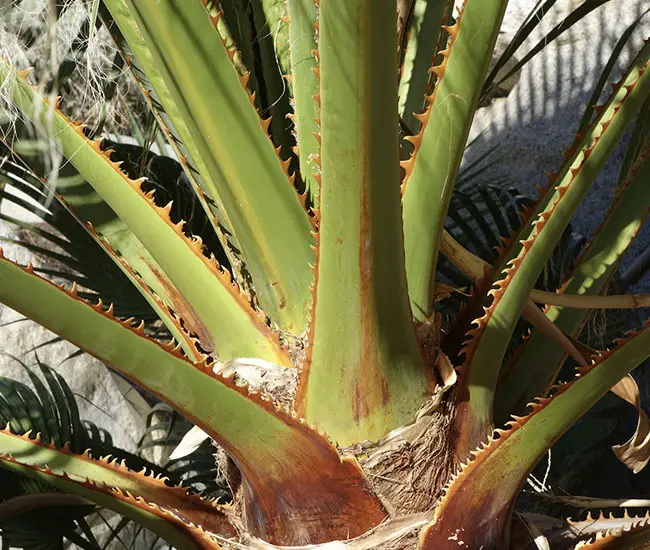
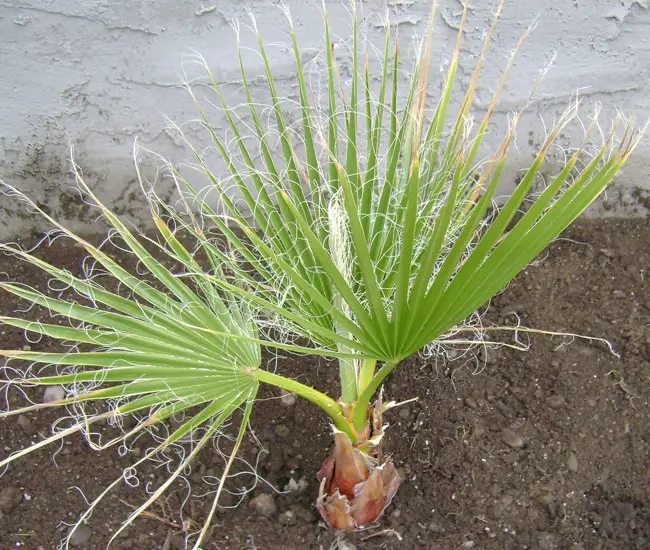
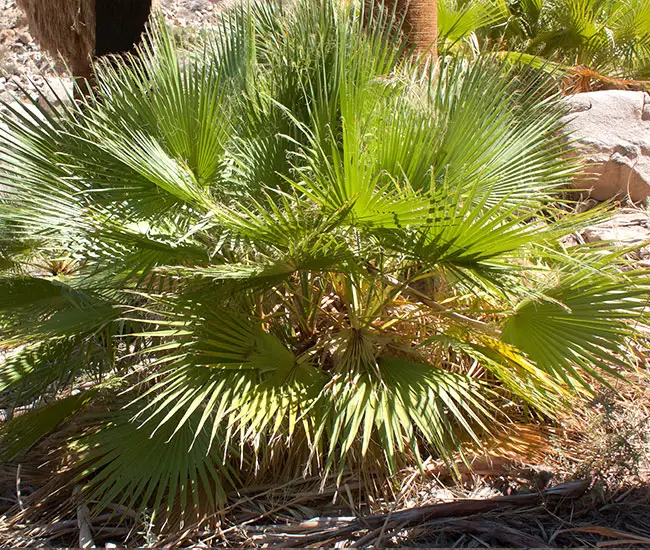
More information can be found on EDIS and Floridata sites.

What is the height of the small sized California Fan Palm as well as the medium sized?
I live in coastal virginia. I recently bought a house on the Elizabeth River that has a California fan Palm in the back yard. it is about six feet tall and apparantly is in good health. Can someone tell me when i need to trim the dead fans off. What time of the year do you need to feed this guy as well.
Thank you in advance.
Bon